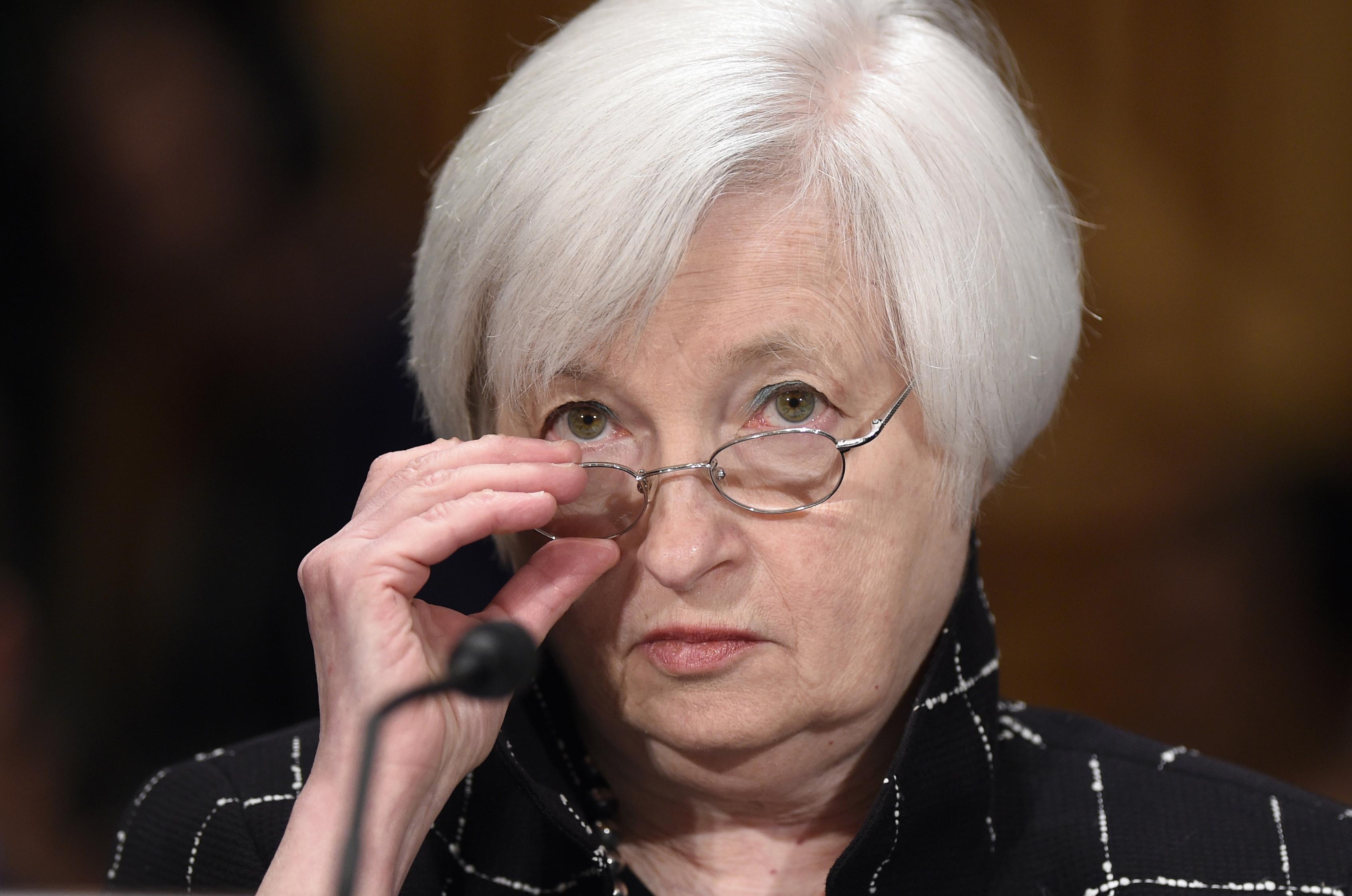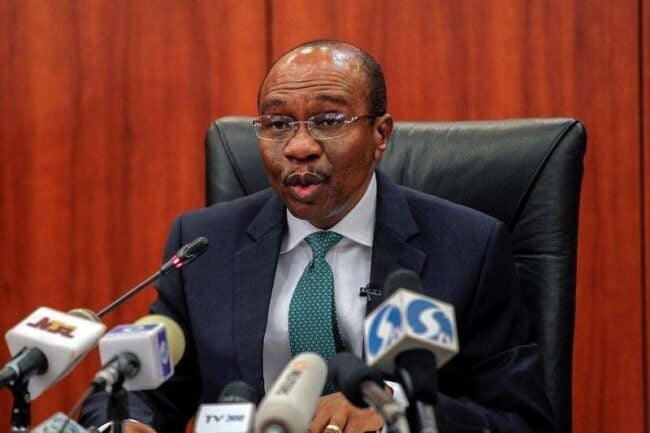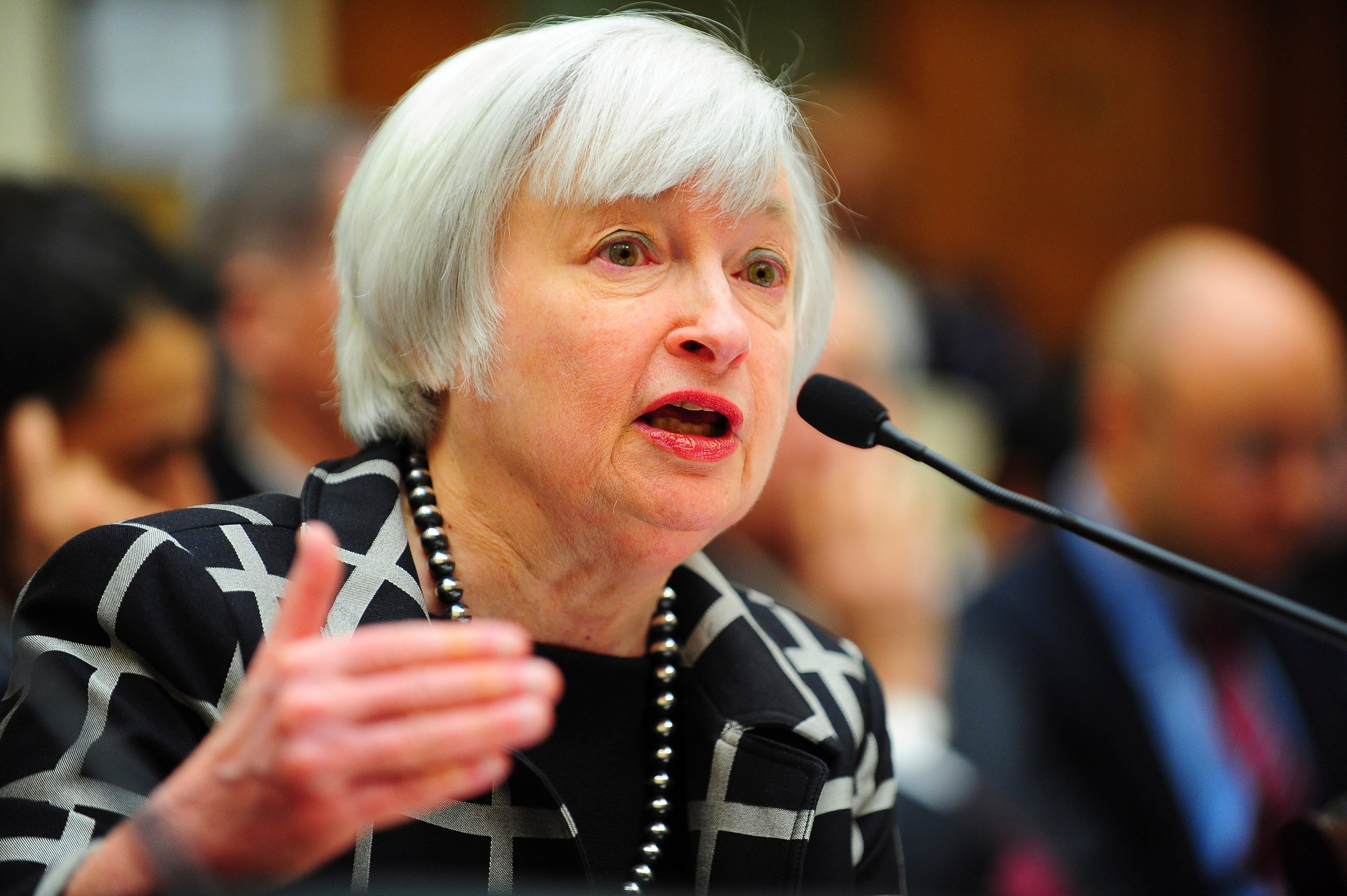After testing a nine-month low late June, the US dollar finally managed to gather some momentum last week to end higher against most of its counterparts, thanks to the latest jobs report.
The U.S. economy added 222 thousand jobs in June and job creations in April and May were revised higher. Nonetheless, unemployment ticked slightly higher to 4.4% in June from 4.3% May, but this may also be considered a positive development with more Americans joining the Labor force.
The initial reaction of the greenback and Treasury yields after the release was kind of mixed. In fact, there was a tug of war between bulls and bears suggesting that some market participants were not entirely convinced in the overall report. This is due to lack of significant wage growth which has been disappointing for many months now.
Fed Chair Janet Yellen is a big believer of the Phillips Curve which suggests that inflation has an inverse relation with unemployment. However, without wage growth and inflationary pressures it is hard to convince markets that interest rates will increase at the pace suggested by monetary policy makers. Given that the U.S. economy is at full employment levels one questions why wage growth is not accelerating? Probably there isn’t a one simple explanation to this question, but it could be due to the weak bargaining power of employers, globalization which allows U.S. companies to shift production where cost is cheaper, shrinking productivity, a decline of union power, and the list goes no. Though the problem is clearly structural here and if investors remain sceptical that wages will rise soon any rise in the dollar will be limited.
Janet Yellen’s will try to give an explanation on why wage growth is still missing in her semi-annual testimony before Congress on Thursday. Overall, I believe she will be optimistic and reiterate the same hawkish tone from the last monetary policy statement. She is still convinced that inflation is on the upside and the latest jobs report will not change her mind. So again, dollar bulls will likely find the needed support to encourage them to go long on USD.
On the U.S. data front, it is a busy week with many tier-one economic releases. Producer and consumer prices will be closely scrutinized as markets remain divided on how the Fed will respond to low inflation levels. Retail sales are also a key figure to watch on Friday to see if American people are encouraged to spend after the 0.3% dip in May. Fed’s Beige Book, consumer credit industrial production, and Michigan consumer sentiment are also on the calendar next week.
The Canadian dollar was the only outlier last week, which managed to beat the USD and hit a new 10-month high despite the fall in oil prices. Although it was not given much attention, the Canadian economy added 45 thousand jobs in June, sending unemployment 0.1% lower to 6.5%. The recent upbeat economic releases added further to the speculation that Bank of Canada will likely raise interest rates when it meets on Wednesday. However, I think it is not a done deal yet. With low oil prices, strong currency, drop in home sales, and uncertainty on NAFTA negotiations the central bank will have to think twice. Given that many market participants have started to price in a rate hike on Wednesday, the Loonie has more downside risk than the upside. However, traders should be prepared for surprises.
Add a comment






